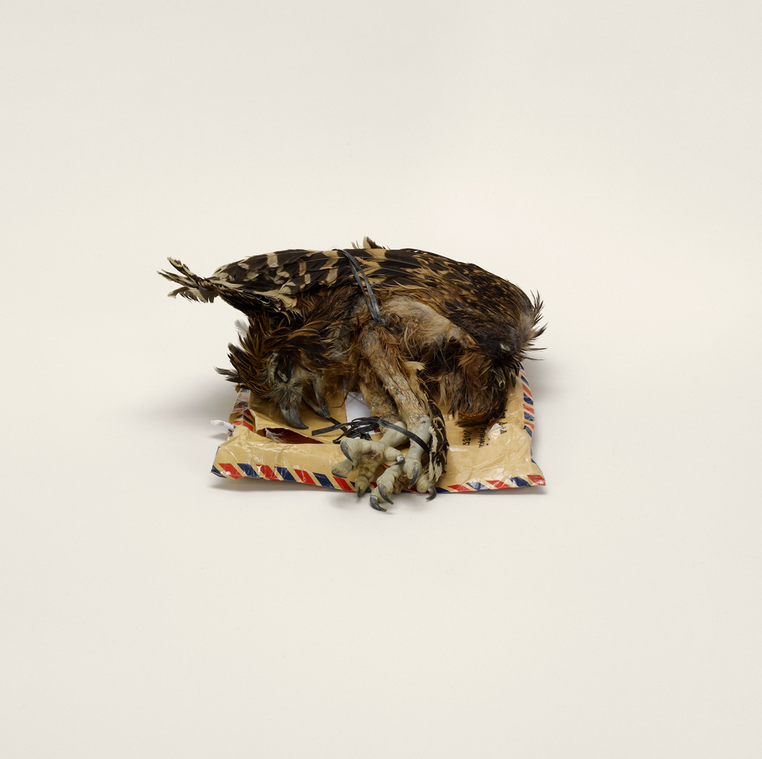 |
| Shelley Jacobson - Geyser (on) #4, Wairakei, Surface Expressions, 2014 |
Shelley Jacobson is an Auckland based photographer whose practice deals with landscape and intervention. Her impressive body of work reveals a simplicity of approach and the presentation of the obvious, but there is always something else. Something unsettling.
Jacobson's latest body of work,
Surface Expressions
is a study of the Wairakei geothermal area in New Zealand's central North Island.
It draws attention to the region’s unique natural features and to the
human forces that have formed its current state.
Victorian-era Wairakei was a world renowned and exotic geothermal
tourist destination. In the mid-twentieth century it was radically
transformed by its conversion to a site for generating electricity.
Through this intervention, the underlying geothermal system was
irrevocably altered: the spectacular Geyser Valley was extinguished; the
steaming craters of Karapiti were revealed. More recently, a man-made
geyser has come to accompany the power station in this disrupted
landscape.
The photographs in
Surface Expressions offer a view of the land
forms present at Wairakei today.
This series is supported by a publication which takes a wider view,
incorporating found text dating from the late nineteenth century through
to the present day. These newspaper clippings, advertising materials
and Trip Advisor ratings speak in the vernacular of their respective
times and frame social ideas and expectations of tourist attractions.
You can see more of Shelley Jacobson's work
HERE.













































































